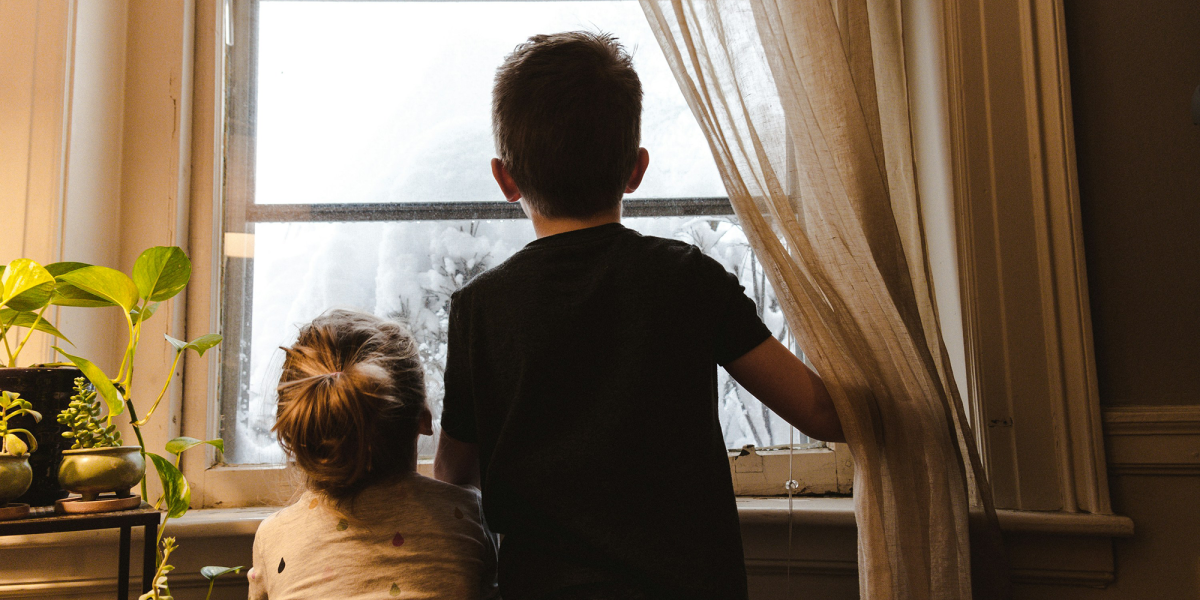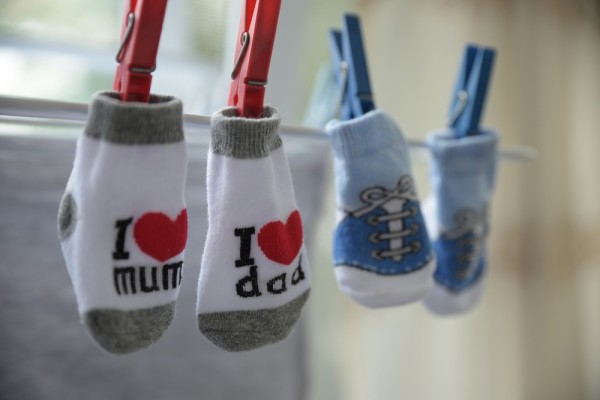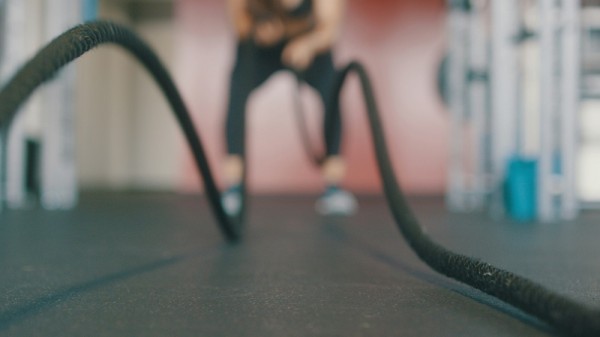What Produces Moisture in Your Home?

The worst thing you can do for your home is live in it...
Now that winter has rolled around, you’ve probably seen all sorts of claims about how your home can produce up to 15, 20 or even 30 litres of moisture a day. This is great to know but doesn’t really tell you much about where the moisture is coming from, or what you can do to reduce it.
There is a fair amount of international research on this topic, but this often has limited usefulness when applied to an NZ context due to differences in our climate and culture.
One of the most useful sources for Kiwis is the 2015 housing condition survey by BRANZ (which was later cited by several sources such as ConsumerNZ and the NZ Herald), which gives a well-rounded set of numbers.
If you’re looking for an easy way to reduce the moisture in your home, a ventilation system is a great investment. Check out our product selector to find out what system is best for you.
Some assumptions…
Before we dig into the numbers, there are a few assumptions we have to make.
- These numbers are based on a family of four, including two parents, and two teenagers.
- We assume that each family member spends 7 hours at home awake, and 8 hours sleeping per day, for a total of 15 hours at home per day.
- Said family does an average of three loads of washing per week, all of which are dried indoors.
The habits of the home’s occupants heavily influence the amount of moisture generated. These numbers should only be used as estimates.
So, what produces moisture around your home?
|
Activity |
Litres / Day |
Litres / year |
|
Cooking |
3.0L |
1095L |
|
Dishes |
0.5L |
182.5L |
|
Clothes drying |
2.1L |
782.1L |
|
Clothes washing |
0.2L |
78.2L |
|
Breathing/ perspiration |
7.1L |
2584.2L |
|
Bathing |
6.0L |
2190L |
|
Total |
18.9L |
6912.1L |
Source: BRANZ 2015 House Condition Survey
Cooking and dishes:
Cooking and dishes produce up to 19% of the moisture in your home, or around 3.5 litres a day*. In your kitchen, there are lots of appliances that produce steam when used. Stoves, ovens, microwaves and kettles will all release moisture into your home.
The amount of moisture released will vary considerably based on your eating habits. For example, if you were to have several cups of tea per day, the boiling jug might mean you release more moisture than someone who doesn’t drink tea. Alternatively, eating lots of rice made in a rice cooker will mean less moisture is released than if you were to eat mainly pasta boiled in an uncovered pot. Most New Zealand homes can already effectively capture the bulk of their cooking moisture via rangehoods, so long as you remember to turn them on!
Moisture from doing the dishes varies less than with cooking. For the most part, the moisture is released as water evaporates from drying dishes, tea towels, and other kitchen surfaces. Some extra moisture can also be released by opening a dishwasher before your dishes have had a chance to cool.

Laundry:
Running a washing machine typically releases a small 0.5 litres of moisture per load into your home, but drying clothes can release up to five litres per load*. This equates to roughly 2.3 litres a day, assuming a family does three loads of washing per week and dries that washing indoors.
The moisture created from washing will vary considerably from season to season, as summer potentially means less washing which is easily dried outside, whereas winter means more washing which is typically dried indoors.
If you feel that you must dry washing indoors make sure you put it in a room with an extraction fan running, such as the bathroom or laundry, to help.

Socks drying indoors releasing lots of moisture into a home
Breathing/ perspiration:
It might be surprising but simply living and breathing is one of the biggest sources of moisture in your home, contributing up to 7.1 litres or 37%! People produce an average of 0.2 litres an hour while awake, and 0.02 litres an hour while asleep*.
This will vary from family to family, depending on how much time you spend at home and what you spend it doing. You release the most moisture when active (so watch out if you have a home gym!), some amount when resting, and the least when sleeping.

Bathing:
Unsurprisingly, bathing is one of the largest contributors to household moisture, producing around 6 litres per day (if everyone showers). Showers produce a lot of airborne moisture, which leads to lots of steam and foggy mirrors.
BRANZ suggests each shower releases ~1.5 litres per person*. This might seem like a lot, but when you consider the amount of water that is left to evaporate in your bathroom, as well as drying your towel and hair, it might seem a little more reasonable.
In theory, a regular extraction fan is enough to deal with this moisture, but in practice it often isn’t. Usually this is because the fan is turned off before all the moisture has been removed. An easy solution is a continuous extraction solution (like the SmartVent Balance or Vent-Axia MultiVent), which removes human error from the equation.

Bathroom with an extraction fan to effectively remove moisture
Is that all that will produce moisture?
No, but they are the most common. There are several other things that can produce moisture around your home. These include:
- Unflued gas appliances
- Indoor plants
- Pets
- Floor mopping and other cleaning
- Leaks in your roof, walls, or floor
So, what should you do with this information?
You have two options:
- Reduce your moisture producing activities
- Install a system to reduce the moisture buildup, like a ventilation system.
There are ways you can reduce your moisture producing activities (more tips coming soon!) For example, try to never dry your laundry in an unventilated indoor space (including your towel). Make sure that your bathroom extraction fan runs for long enough to remove all the moisture from your shower. But for obvious reasons, we don’t recommend trying to limit your breathing to reduce moisture buildup.
Ultimately, these solutions are just band-aid solutions, especially as homes stay sealed for longer. To best guard your home against moisture buildup you need an active ventilation solution to continuously extract the moist, stale air, and bring in fresh dry air.
Want to find out more from one of our ventilation experts? Book a free home assessment here!
Sources:
*2015 Housing Condition Survey, BRANZ, https://www.branz.co.nz/healthy-homes-research/hcs/2015-results/ventilation-and-moisture-control/
*Renter's guide - Dampness and ventilation, Consumer NZ, https://www.consumer.org.nz/articles/renters-guide-dampness-and-ventilation